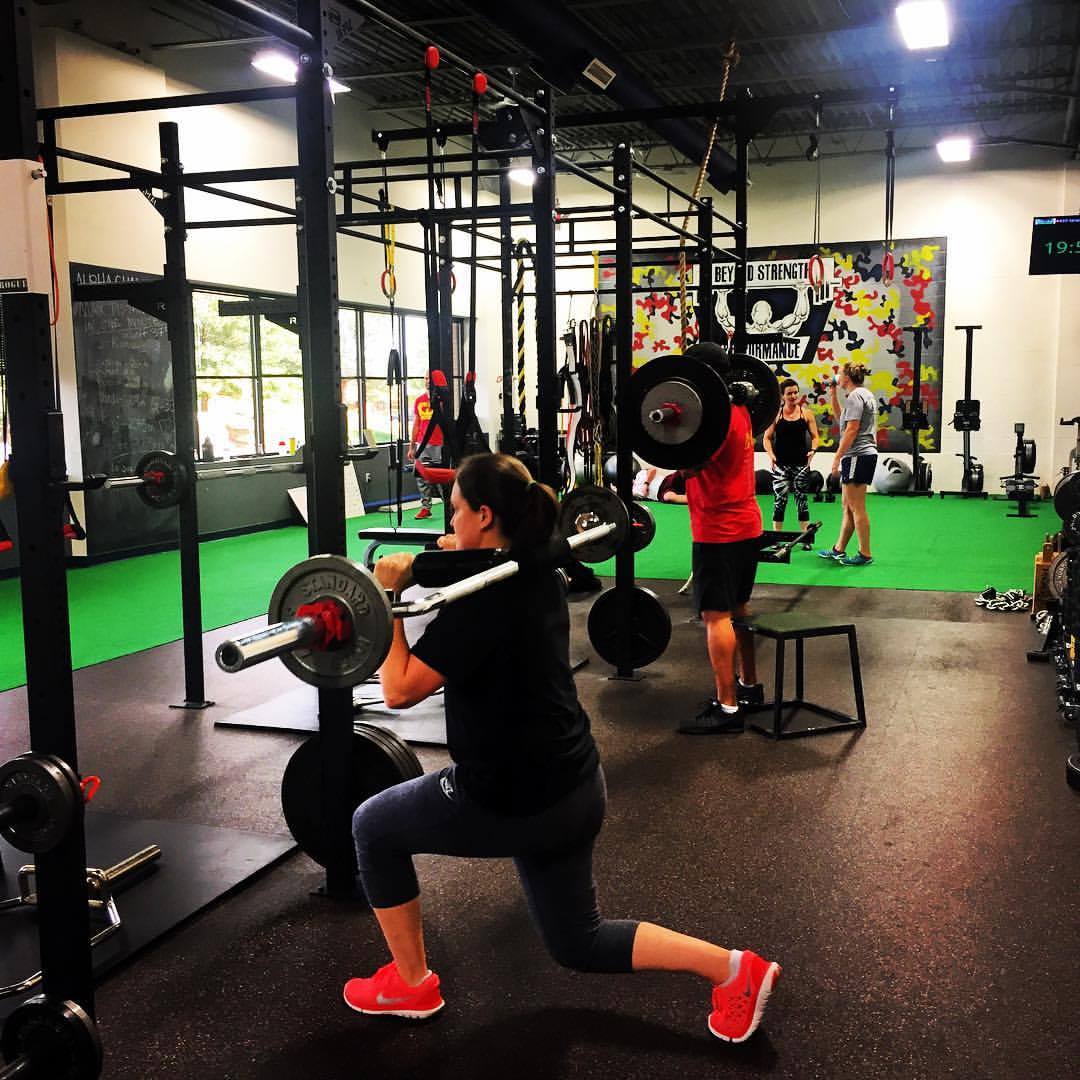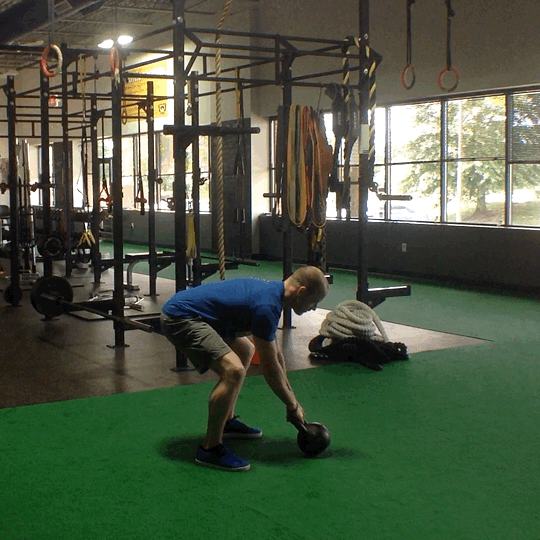“ ‘Variety is the spice of life.’ But notice it does not say, ‘variety is the entrée of life.’ ” -Chip and Dan Heath
In the fitness world there is an emphasis placed on change, that is, changing up exercises; changing up sets and reps; or changing up entire workouts. Variation in fitness is important, but the frequency in which things are varied is crucial. Because often, this need for variation is done too frequently, and that’s to our disadvantage.
The above quote by Chip and Dan Heath sums this up well—variety isn’t the entrée of life, it’s the spice. Variety is an important part of a meal—a workout routine that is—but it’s not the most important thing. Add too much of it and the meal gets messed up; add just the right amount, and the meal is enhanced.

Confused About Muscle Confusion?
In the bodybuilding world people call this “muscle confusion.” The idea is that our muscles get used to certain exercises, so we must “confuse” them in order to keep seeing progress. There is some merit to this idea, but it doesn’t get it quite right.
Adaptation takes time; and over time, we get used to the same stimulus that is presented to us repeatedly. For example, doing goblet squats at the same tempo, with the same number of sets and reps, will eventually lead to stalled progress. Adding variation here will help. It can spur progress.
This, in part, is where muscle confusion came from. Our muscles don’t get “confused” though, in a literal sense, and they certainly don’t get confused often enough to warrant varying things up each workout. Switching things up too frequently—for example, switching exercises workout to workout—isn’t ideal in the long run. Here’s why:
- less variation of movements leads to greater skill in those movements;
- greater skill in those movements allows us to maximize the potential of those lifts;
- maximizing the potential of those lifts means we move more efficiently and safely, can lift heavier loads over time, and thus, make quicker progress.
You’ll see programs that have people doing Front Squats one week, Zercher Squats the next, and Rear Foot Elevated Split Squats the week after that. There is nothing wrong with these exercises. They are great exercises. The issue lies in switching movements so frequently that it doesn’t allow skill to be gained in the movements; we don’t stick with them long enough to practice them, so that we can truly benefit from them.

This is where the SAID principle of training is crucial.
SAID stands for Specific Adaptation to Imposed Demands. Essentially, we adapt specifically to the stressors—or demands—we place on our body. To illustrate this, answer this question: how do you get better at throwing a football?
Would you practice throwing darts to accomplish that?
Throw a baseball?
Of course not.
In order to get better at the skill of throwing a football, you would practice by throwing a football. Similarly, if we want to get better at movements in the gym, then we should practice those movements; if that sounds straight forward—that’s because it is.
It’s difficult—incredibly so—to gain proficiency in a skill when we don’t get reps in practicing that skill.
Take a kettlebell swing: it’s one of the most advanced variations of a hip hinge and takes consistent practice to master. If we begin the process of teaching that movement to someone, only to take it away the next month, then they would have barely begun to gain proficiency with it.
That’s a problem, because if they don’t gain proficiency with the movement, they’re going to have a real hard time training with appropriate intensity to accomplish their goals.

Looking to improve your movement proficiency? Check these out:
When to Change: How Much Variation Is Too Much?
At this point you’re probably thinking,
“This all makes sense, but how often should I change movements?” “How often should I change sets and reps, or tempo?”
Those are good questions. Allow me to answer them now, by quoting strength coach Dan John:
“Everything works for about 4-6 weeks.”
If you’re feeling good with your big strength movements—your squat, deadlift, bench press, etc.—then keep those in with minor tweaks to sets or reps every 4-6 weeks (these movements can and should be changed in the long run too).
Tweak your assistance exercises—that is, your split squat, single arm dumbbell row, single leg RDL, etc.—more often if you’d like; say, every 4-6 weeks, but you don’t have to.
Remember: “’Variety is the spice of life.’ But notice it does not say, ‘variety is the entrée of life.’”
Variation helps. We need it from time to time—but not too often, or the meal is ruined. Stick with the same movements for a while to get proficient with them—allowing you to maximize your strength—then switch them up from time to time as needed to keep spurring progress.
